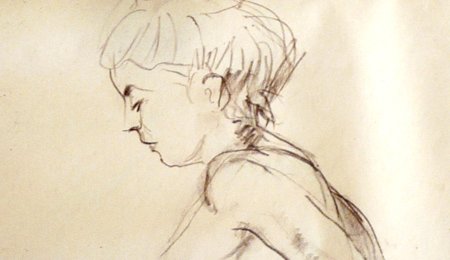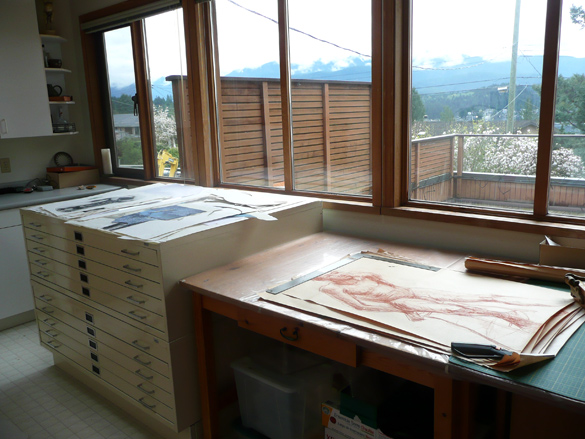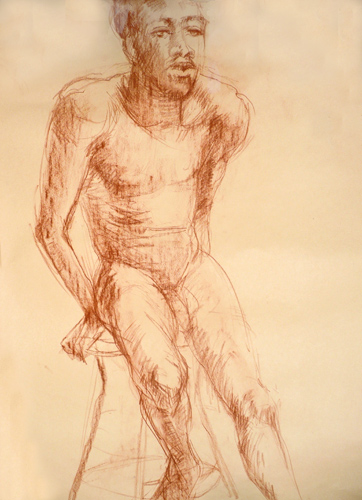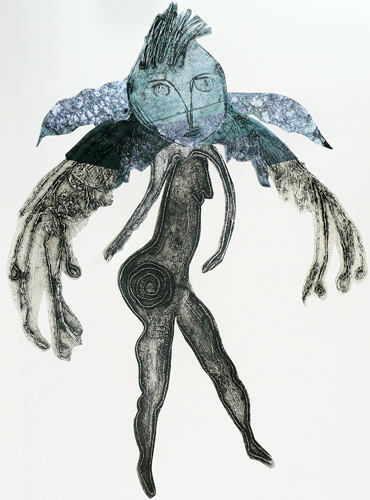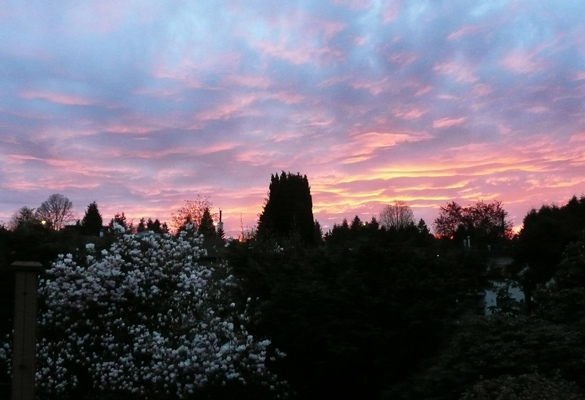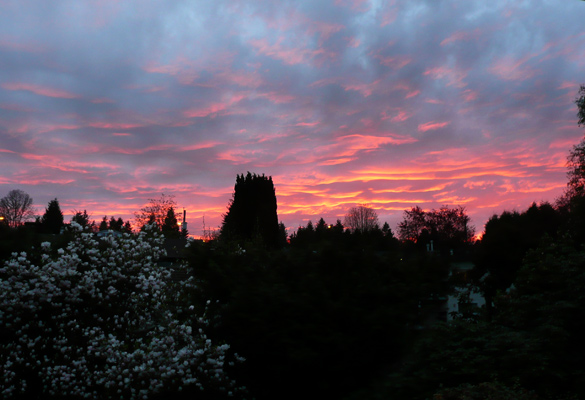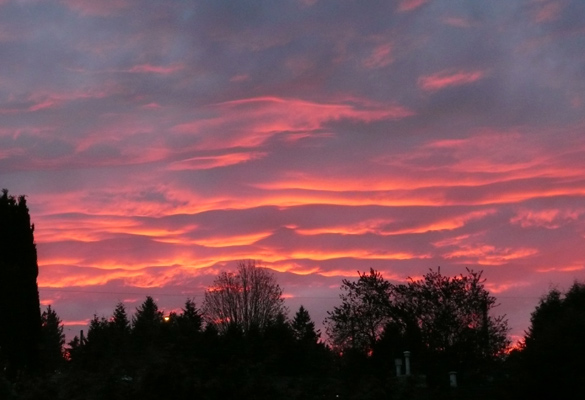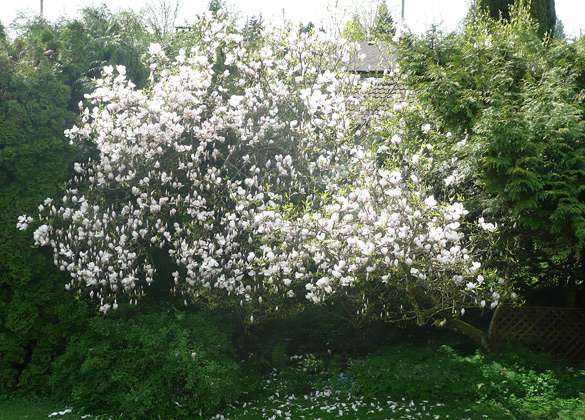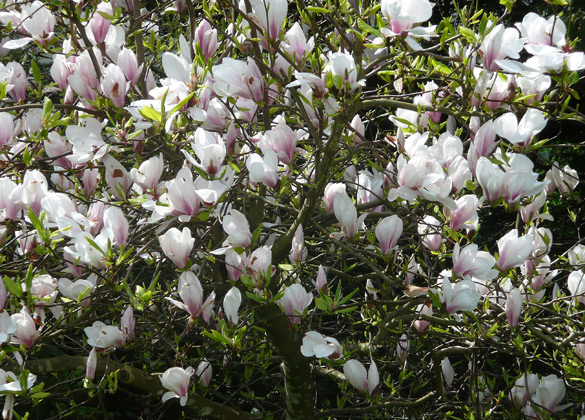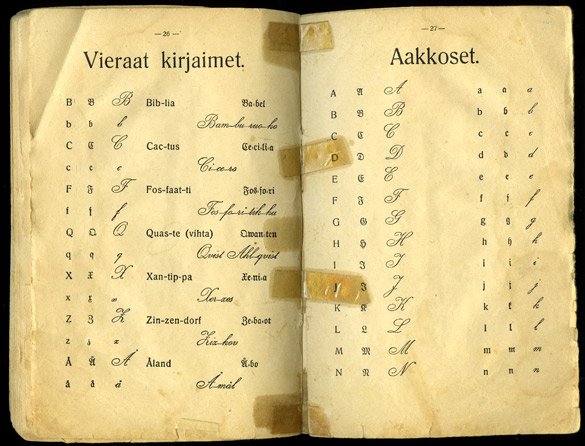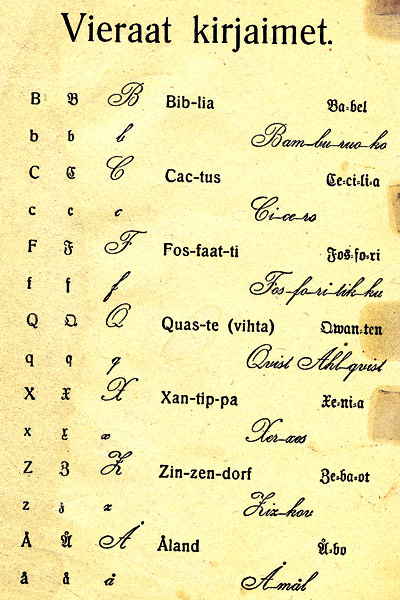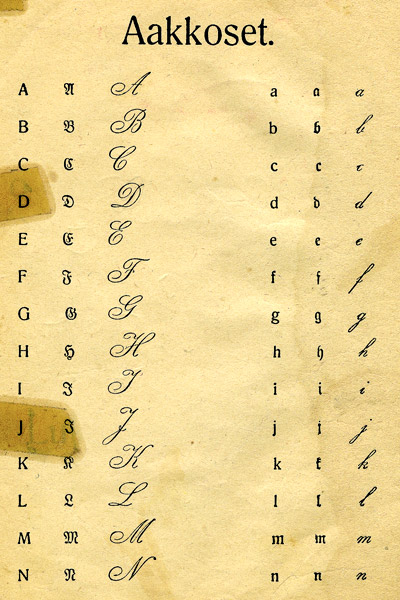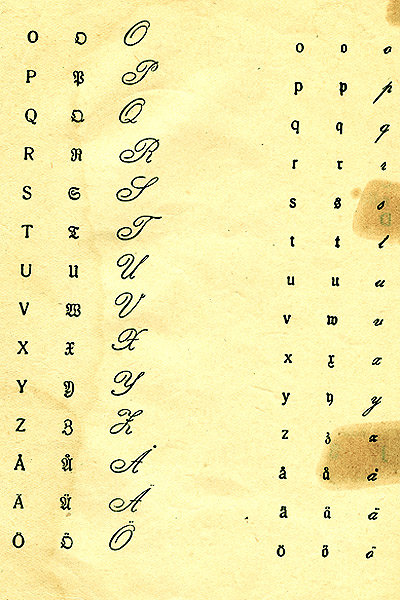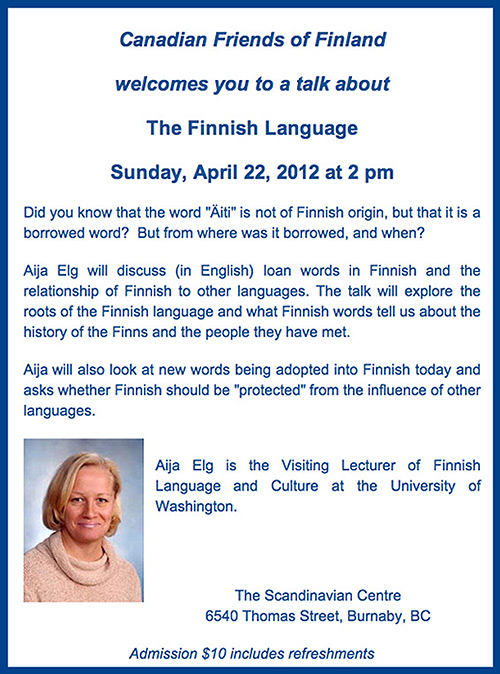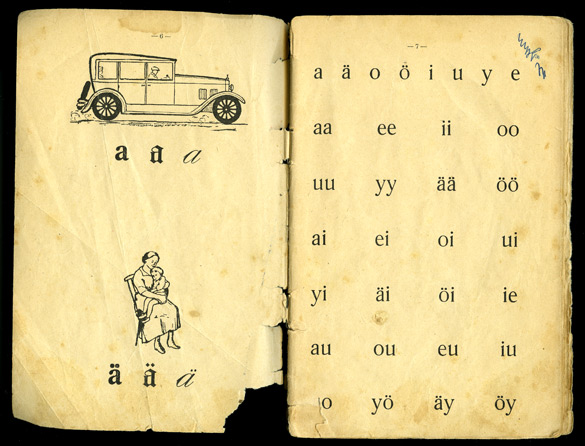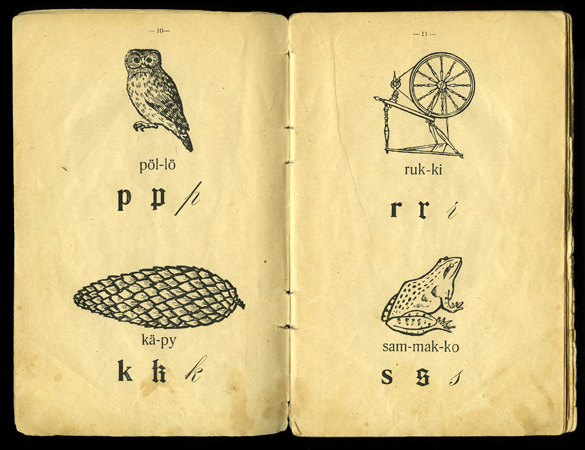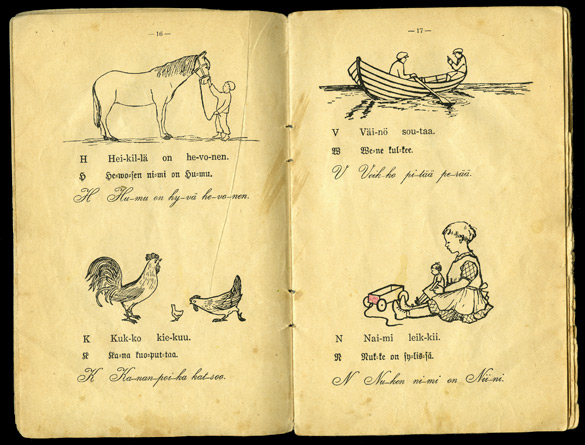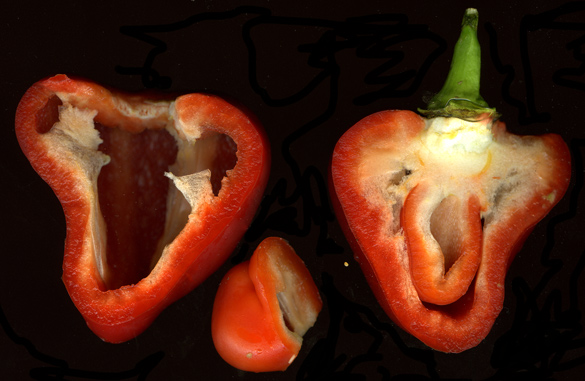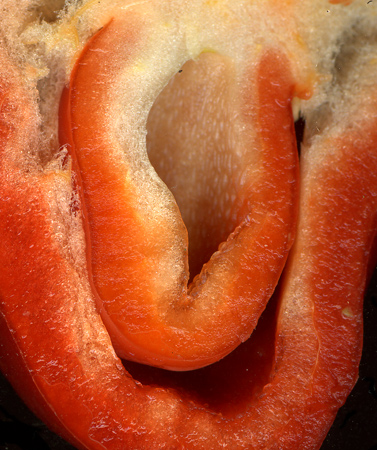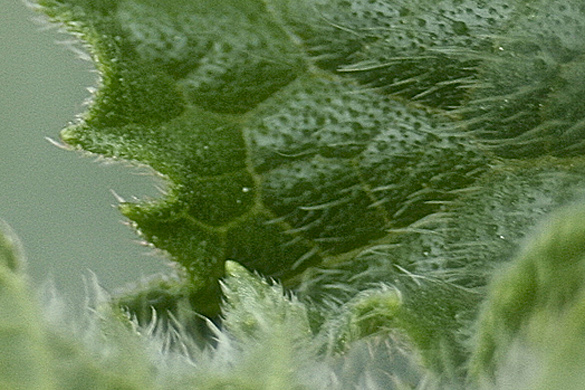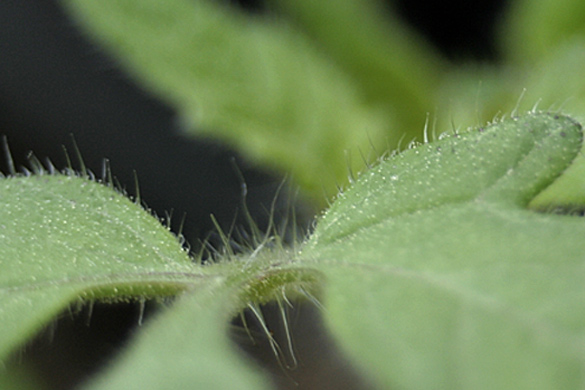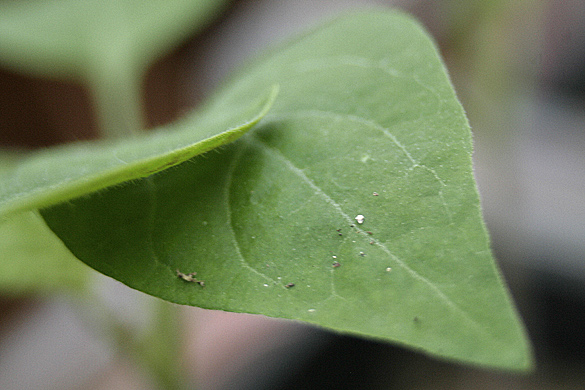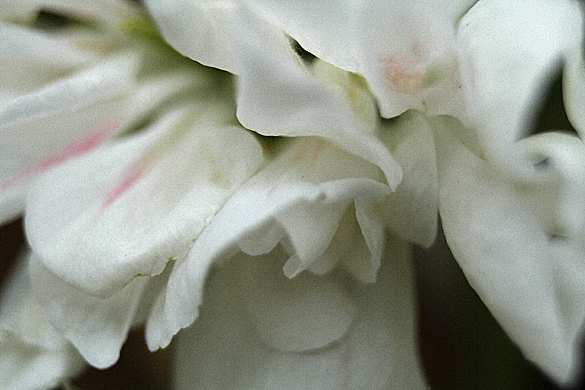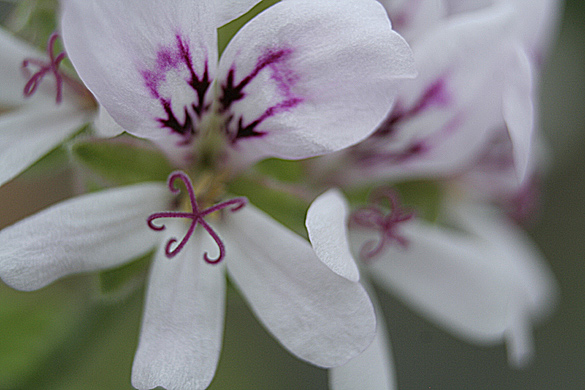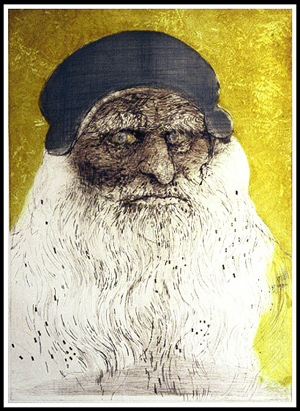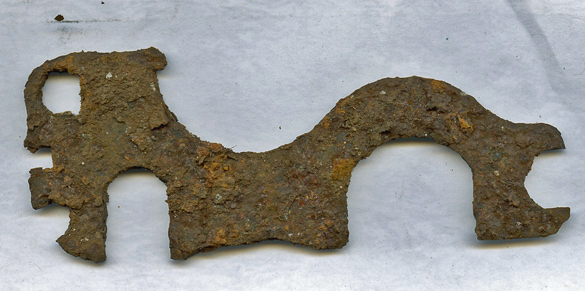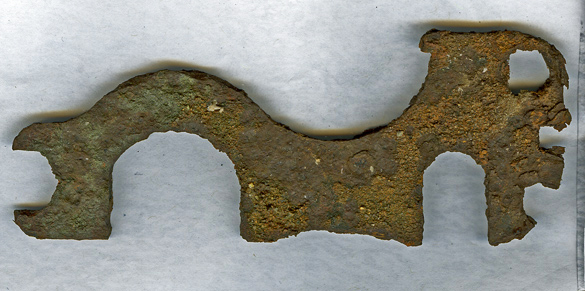more drawings
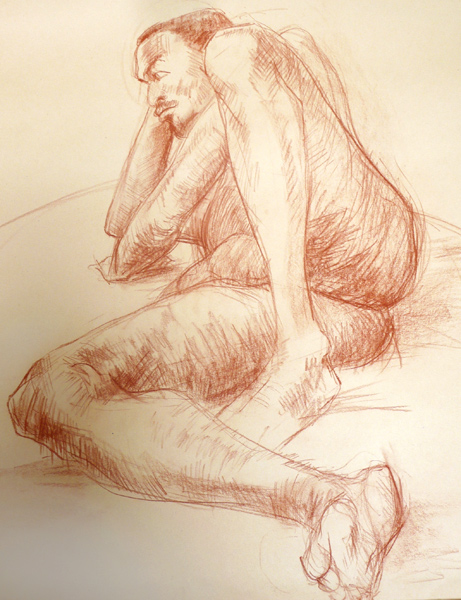
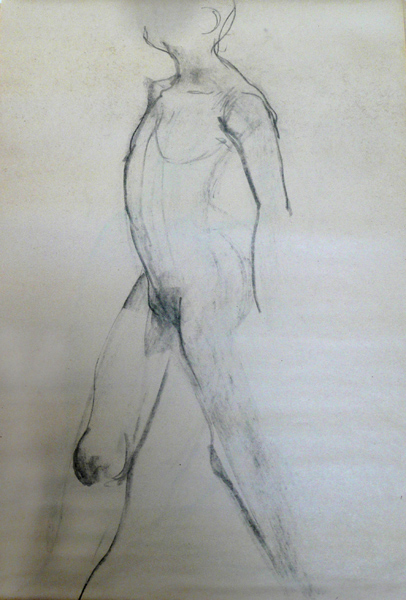
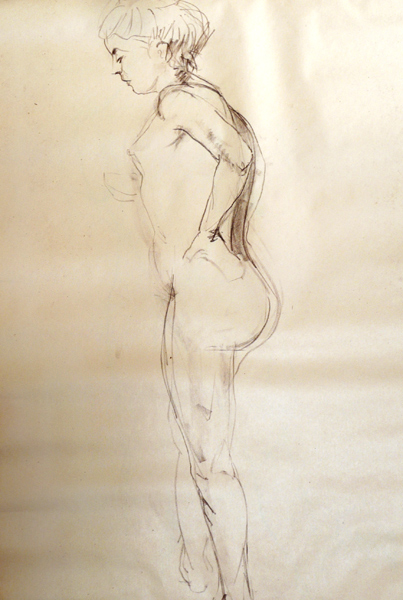
I am continuing to go through some rolls of old life drawings and document a few of them. The one on the top here was rolled next to the first drawing I showed yesterday and seems to be of the same model. The lower two drawings are from a roll which does have a date: September 1983.
The light in my studio is not as bright as I wish with our rainy and cloudy days at present so there are strange shadows here and there, some revealing the curves in the paper from being rolled up for so long, even streaks from light exposure coming in at the end of the roll. Though I tried to fix them as best as I could, I rather like the aged look, even if these are not such professional photos.
I know, I should wait for better light conditions but I’m eager to carry on with the tidying and organizing before I lose interest. There are decisions to be made – which to keep, which to discard, and how to store these more safely. Hmm, I do have some new large tubes with end caps and some acid free liner paper to wrap them in. No room in the flat files, sorry, those are reserved for my prints.
